As plastic brings convenience to our daily lives, the issue of “white pollution” caused by discarded plastics is increasingly gaining attention.
Faced with a variety of plastic products, how can we distinguish which plastics are recyclable and which are not?
Therefore, this article will systematically explain the knowledge of plastic recycling, reveal the significance of recycling plastics, and clarify which plastics can be recycled, which cannot, and the reasons for their recyclability.
What Is Plastic Recycle?
Plastic recycling is a process that involves reprocessing used plastic through specific recycling techniques to reuse resources and reduce environmental pollution.
This process typically includes several steps such as the collection of waste plastic, sorting, cleaning, shredding, grinding, and remelting, with the aim of transforming waste plastic into reusable materials.
Recycled plastics can be used to manufacture various new products, such as plastic bags, bottles, and toys.
There are mainly two methods of plastic recycling: mechanical recycling and chemical recycling.
Mechanical recycling involves physically processing discarded plastic products, including cutting, crushing, and pelletizing, then reprocessing the treated materials into new plastic products.
Chemical recycling, on the other hand, involves breaking down waste plastic through chemical reactions into monomers, which can then be transformed into high-quality new plastic products, achieving efficient regeneration and reuse of plastic materials.
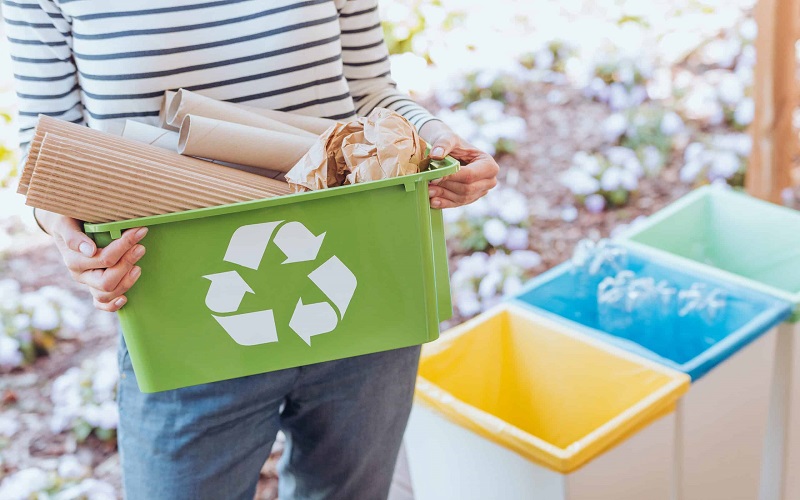
The Significance Of Plastics Recycling
It is well known that the landfill and incineration of plastic waste not only occupy precious land resources but also cause serious environmental pollution.
In today’s context of increasingly scarce resources, the importance of plastic recycling is becoming more apparent.
Firstly, plastic recycling is an effective measure to combat “white pollution.”
It can significantly reduce waste emissions and protect our ecological environment, thus holding significant environmental value.
Secondly, by recycling and reusing plastics, we can not only substantially reduce energy consumption but also lessen environmental pollution.
This makes plastic recycling a scientific and socially beneficial environmental activity, carrying profound societal value.
Moreover, plastic recycling can also drive the development of related industries, create job opportunities, and thus promote economic green growth, demonstrating its economic value.
Therefore, plastic recycling is not only an effective way to solve environmental problems but also a key strategy for promoting national sustainable development.
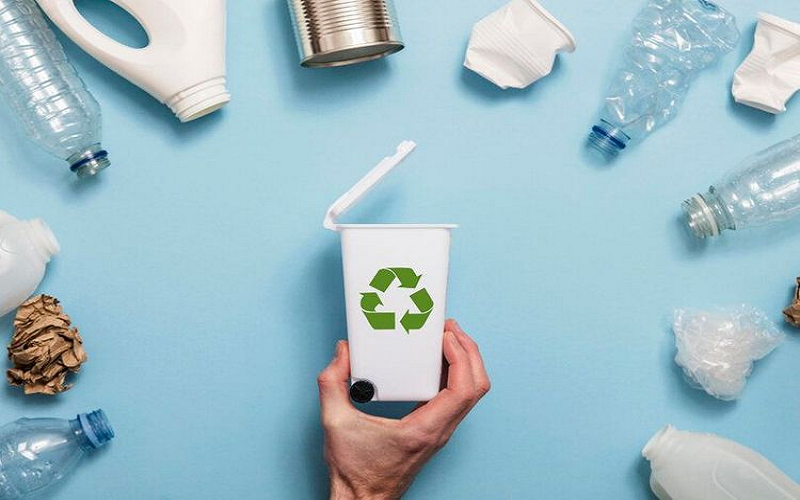
Which Plastics Can Be Recycled?
To simplify the plastic recycling process, the American Plastics Industry Association introduced a classification labeling system based on the type of plastic, known as “Plastic Material Coding.”
Recyclable plastic containers are marked with a triangular icon surrounded by three arrows, and they include numbers “1-7” inside to indicate the different types of plastic.
This is what we commonly refer to as the plastic recycling symbol.
Many people mistakenly think that this symbol means the plastic product is recyclable, but the number actually indicates the difficulty or frequency with which the material is recycled.
Among them, the most commonly recycled plastics are:
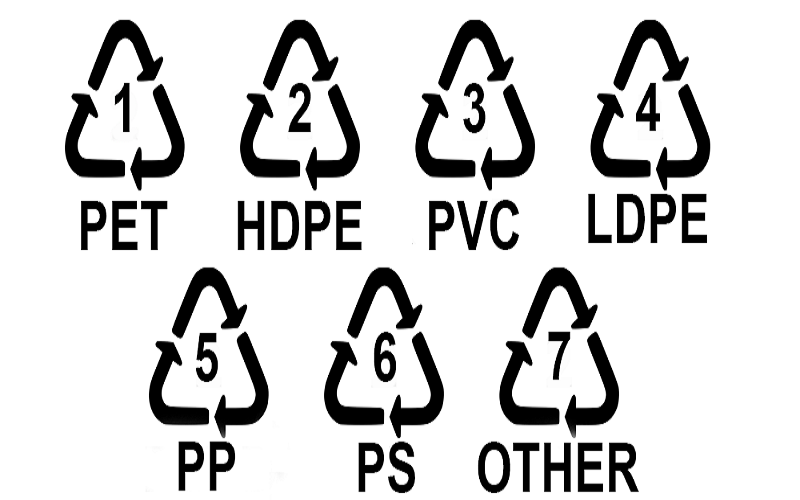
1-Polyethylene Terephthalate (PET)
This is marked as number 1 and currently has the highest recycling rate among plastics.
PET plastic is commonly used to make mineral water bottles, soft drink bottles, and food packaging.
Many PET bottles can be recycled after their useful life, with most being processed into polyester fibers or PET raw materials, which are then reused to produce new bottles or food packaging.
This creates a “bottle-to-bottle” closed-loop recycling system.
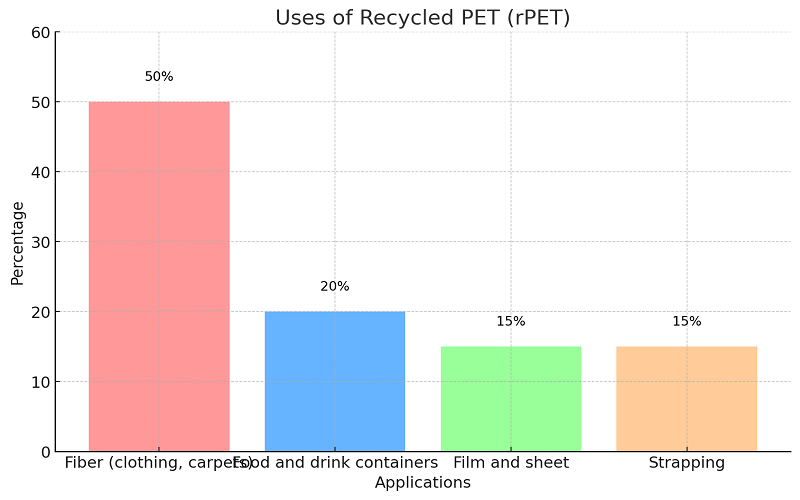
2-High Density Polyethylene (HDPE)
Commonly indicated by the number 2, most milk bottles, juice bottles, and detergent bottles are made from HDPE plastic.
However, due to its difficulty to be thoroughly cleaned, long-term use can lead to the proliferation of a large number of bacteria.
In most recycling centers around the world, HDPE is one of the easiest plastic polymers to recycle.
The products made from recycled HDPE include, but are not limited to, plastic drums, gardening supplies, plastic lumber, road barriers, and some automotive interior components.
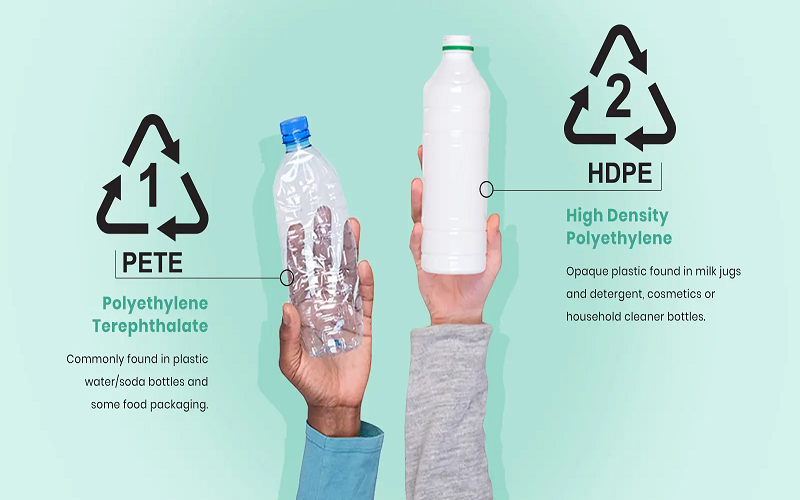
4-Low Density Polyethylene (LDPE)
Plastic#4-LDPE is primarily used in the production of plastic bags, packaging films, and bottle caps.
Recycling such plastic products is challenging, and most recycling facilities lack the capability to process this type of plastic.
Its lightweight and sticky properties make it difficult to handle during recycling, often causing clogs in recycling equipment and increasing the complexity and cost of recycling operations.
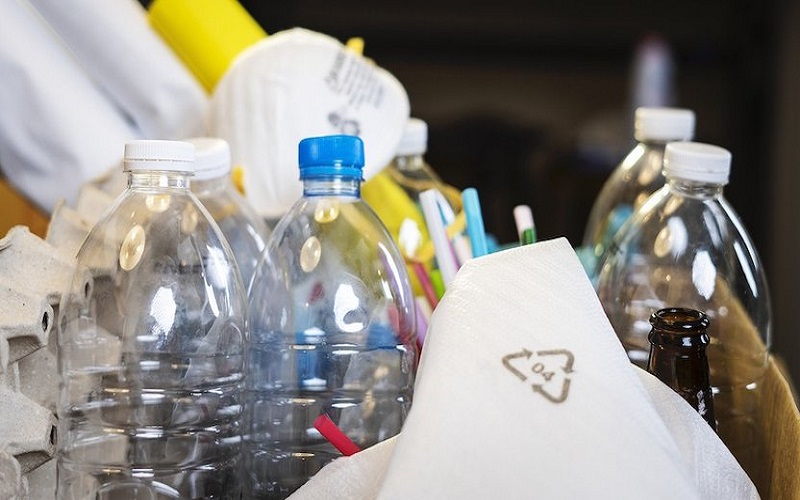
5–Polypropylene (PP)
Recycling number 5 represents polypropylene, which is one of the most commonly used plastic packaging materials globally and is the only one that can be heated in a microwave.
Despite this, the recycling rate for PP plastic products remains low, even in developed regions; for example, only 15% in the European Union and merely 5% in the United States.
This is primarily due to the high cost of recycling PP and the difficulty in removing odors from the original plastic packaging, making it challenging for recycled PP (rPP) to meet food-grade plastic safety standards.
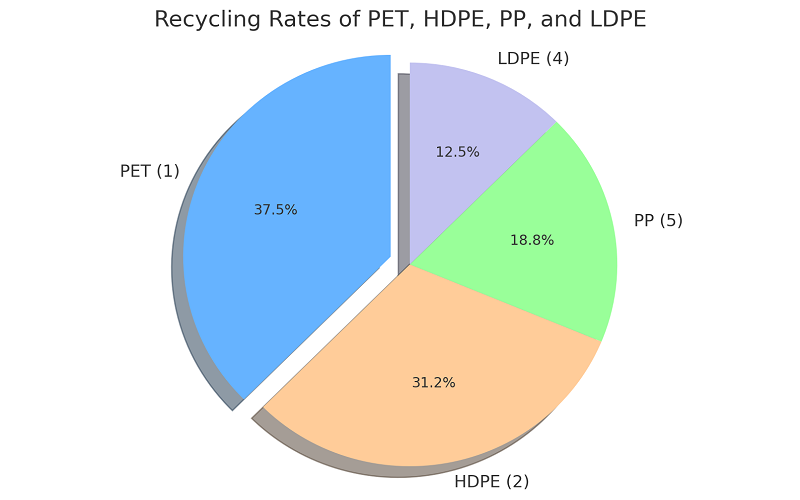
Which Plastics Cannot Be Recycled?
Due to costs, facility limitations, and potential environmental risks, these plastics may be challenging to recycle in practice.
3-Polyvinyl Chloride (PVC)
PVC plastic is commonly used in the manufacture of pipes, window frames, and flooring, but it is currently difficult to recycle on a large scale.
As we learned from the article “Is PVC Safe” PVC contains chlorine and some plastic additives, which complicate its recycling process.
Many recycling facilities do not accept PVC because chlorinated by-products (such as hydrogen chloride, HCl) can corrode recycling equipment and may also cause chemical burns to workers’ skin and eyes.
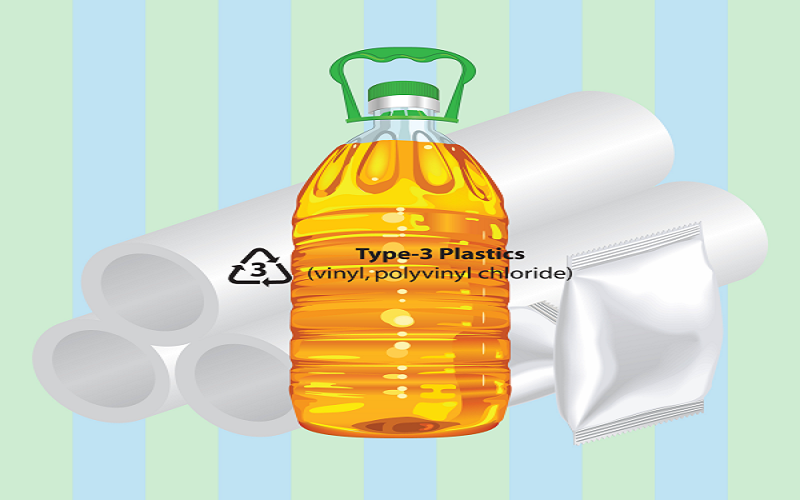
6-Polystyrene (PS)
Number 6 plastic-PS, is a material that can be made into foam or rigid products, with the most common everyday items being instant noodle bowls and fast food containers.
The main issue with recycling PS is its large volume and light weight, which significantly increases transportation costs, while its market value for recycling is relatively low.
Additionally, the decomposition products of PS may cause long-term environmental pollution.
Due to these issues, many recycling facilities choose not to accept PS for recycling, especially the foam type of polystyrene.
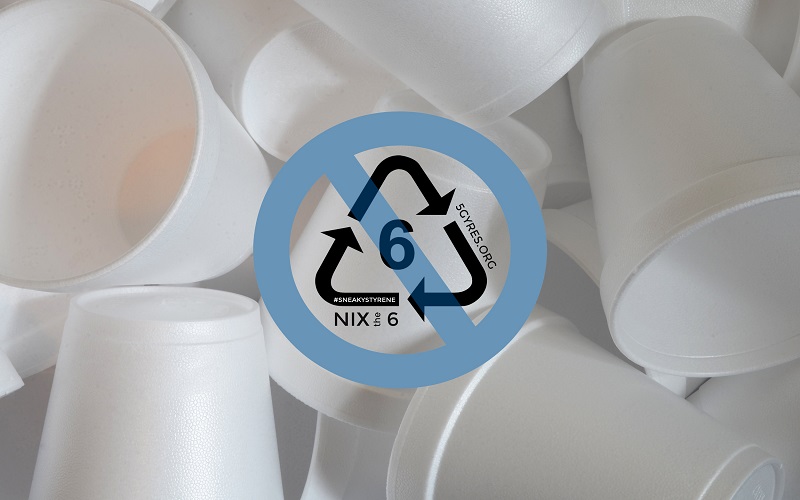
7-Other
This is a general term for many mixed types of plastics, which include materials such as fiberglass, styrene, and nylon.
Common polycarbonate materials can be used for making water bottles, and many BPA-containing plastic products (which are harmful to human health) are also categorized as type 7.
Due to the mixed nature of type 7 plastics and the recycling challenges posed by various materials, these plastics are generally considered non-recyclable.
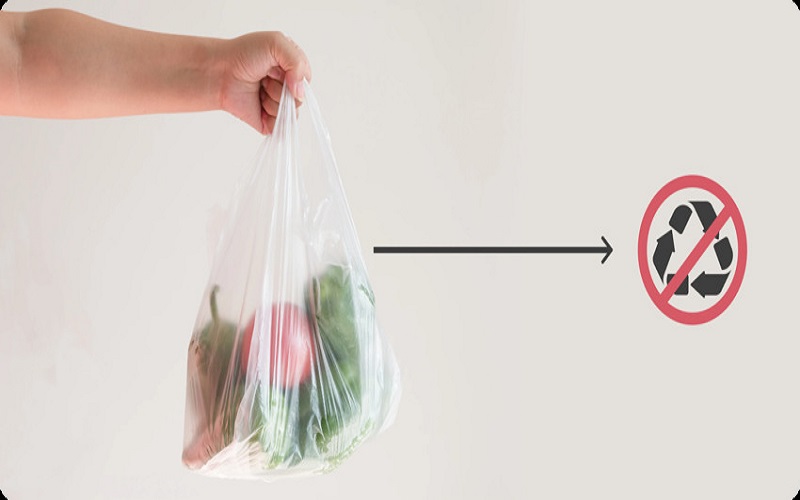
How To Crack The Plastics Recycling Problem?
Beverage bottles, food bags, and delivery packaging are common in our daily lives.
Increasing the use of eco-friendly materials and improving recycling practices are essential but not sufficient for plastics that are difficult to recycle.
To significantly enhance the recycling rates of plastics, the following steps are necessary:
For plastic manufacturing companies, it is essential to adopt ecological design principles to minimize the use of hard-to-recycle materials.
Design products that are easy to disassemble and sort, using single types of plastics to simplify recycling.
Consumers should participate actively in recycling programs, properly sort waste, and minimize the use of disposable plastics.
Furthermore, governments should increase technical and financial investments in recycling facilities, such as automated sorting lines and advanced processing equipment, to improve recycling efficiency and reduce costs.
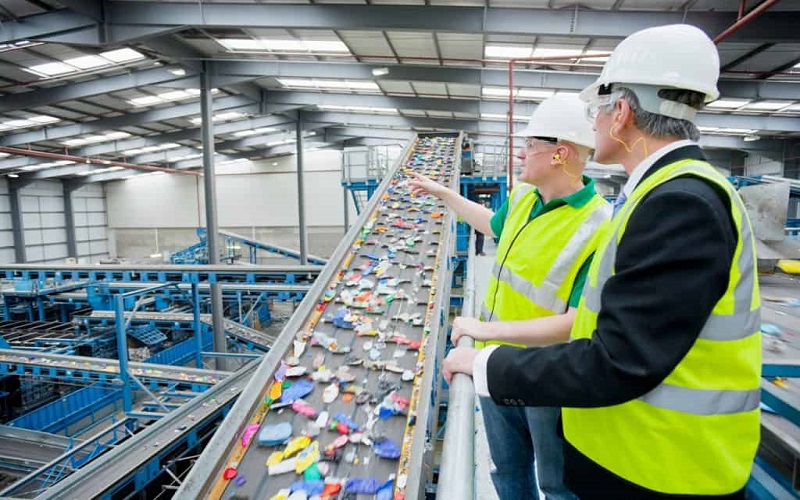
Summary
Although the current level of plastic recycling has not yet been fully achieved, we believe that with the advancement of technology and the increase in environmental awareness, the efficiency and effectiveness of plastic recycling will continue to improve!
At FOWMOULD, we strictly adhere to plastic recycling regulations and are committed to providing our customers with high-quality recycled plastic materials, while advancing innovative and environmentally friendly injection molding projects!
